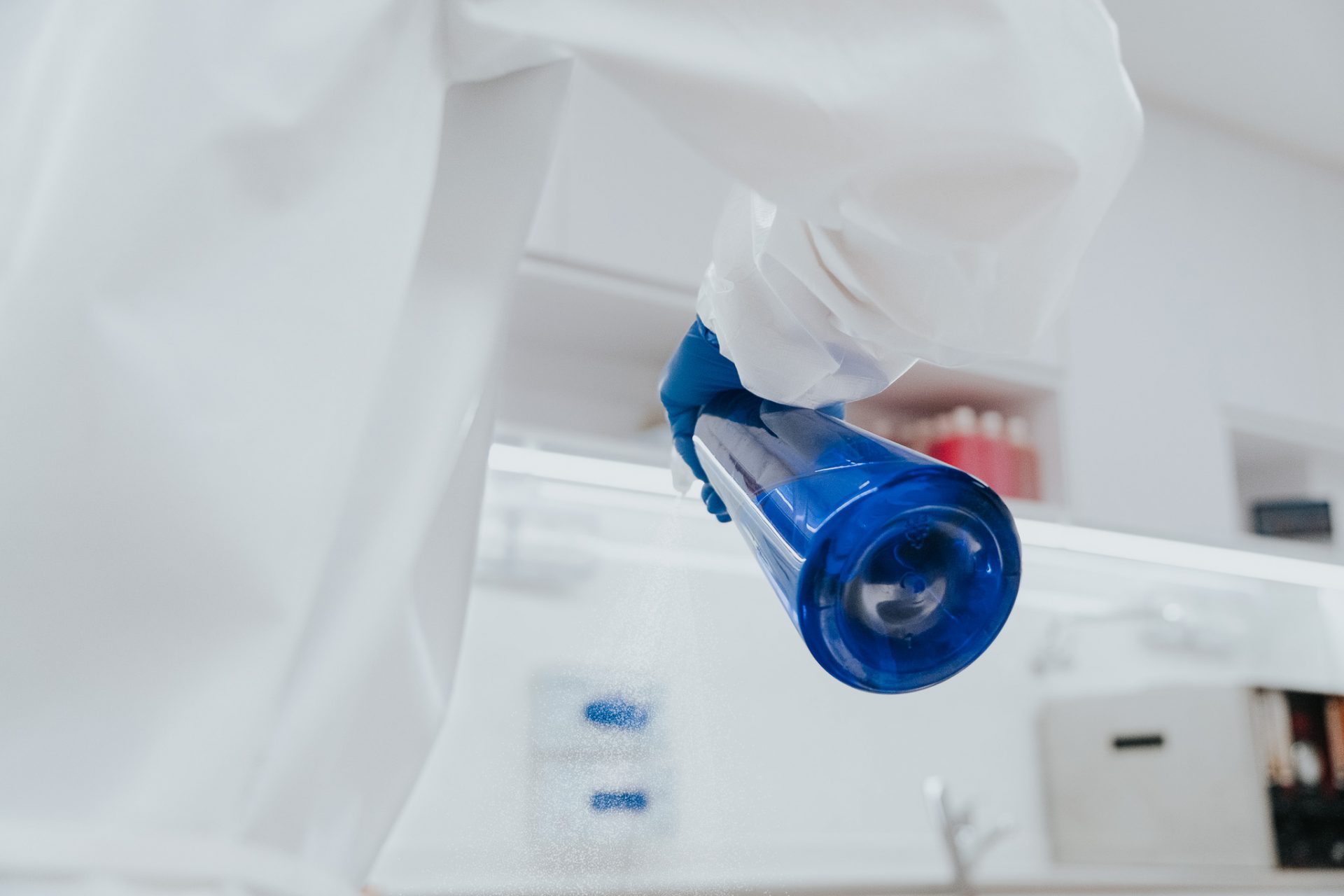
Delve into the purpose and step-by-step process of embalming, providing insights into why this practice is undertaken and its role in various funeral services. This Embalming Frequently Asked Questions (FAQ) page is crafted to offer you straightforward and enlightening responses, aiming to address the typical concerns and questions you might have about embalming.
- What is an embalmer?
An embalmer is a professional who specializes in the preservation and preparation of deceased bodies for burial or cremation. The primary goal of embalming is to slow down the decomposition process and to restore a lifelike appearance to the deceased for funeral services or viewings. - How Do I be an Embalmer in Singapore?
It’s important to complete the embalming course and obtain the embalming license to be recognised as a certified embalmer in Singapore. This ensures that individuals in the profession have undergone the necessary training and have met the required standards.
It is required that embalmers also go through the Basic Infection Control Course at the National Centre for Infectious Diseases (NCID). - Why is embalming required?
Embalming is done for several reasons, including preserving the body for public visitation, allowing time for funeral arrangements, and providing a natural and pleasant appearance. - How long does the embalming procedure takes?
The duration of the embalming process can vary depending on factors such as the condition of the body and the embalmer’s expertise. On average, it may take a few hours. - Can embalming be done on any deceased person?
In general, embalming can be performed on most deceased individuals. However, there may be limitations in cases of certain infectious diseases or when the body is in a condition that makes embalming impractical.
- What happens during a typical embalming procedure?
During a typical embalming procedure, several steps are followed to preserve the deceased body and prepare it for viewing during funeral services.Preparation: The body is carefully placed on an embalming table, typically in a designated embalming room.
Disinfection: The body is cleaned and disinfected to remove any dirt, debris, or bodily fluids.
Actual Embalming: Embalming fluid, formaldehyde, and other chemicals, is injected into the arterial system. The fluid serves to preserve the body and slow down the decomposition process.
Restorative Art Procedures : Embalmers may perform restorative art procedures, such as setting the facial features to ensure a natural and dignified appearance.
Makeup & Final Presentation: The final step involves preparing the decedent for public viewing. The body is arranged in a peaceful and dignified manner, and any personal items, such as jewelry, are added according to the family’s wishes. - Who is the youngest embalmer in Singapore?
Nicole Chong of Serenity Casket & Funerals earned the title of Singapore’s youngest female embalmer when she stepped foot into the funeral scene at just 19 years old. Having started out by assisting her brother, Elson Chong, with the operations at Serenity Casket & Funerals, her interest in embalming was sparked by chief embalmer and funeral director Sarah Ang. Today, Nicole has over eight years of experience as an embalmer under her belt. - Is being an embalmer stressful?
Being an embalmer in Singapore requires grit, resilience and commitment, as the role involves handling deceased individuals and supporting grieving families. The nature of the work demands meticulous attention to detail, and fluctuating workloads mean one needs to be available during non-traditional working hours.However, stress levels vary from person to person, and some may find the work fulfilling and meaningful at the end of the day. The ability to cope with the demands of the profession, adapt to its ever-changing nature, and maintain emotional well-being are critical factors. - What qualities are needed to be an embalmer?
Patience, passion, perseverance. A non-exhaustive list, these three qualities however are instrumental for anyone striving to be an embalmer. During the course of the work, embalmers may be stretched physically and mentally as they may have to navigate emotionally charged situations and situations that may be highly stressful and traumatic. On top of being able to be adaptable, flexible and meticulous, embalmers also have to be compassionate and empathetic, and these qualities are essential for effective communication and support. - What is the difference between a mortician and an embalmer?
Derived from the Latin word mort which translates to ‘death’, the origin of words including mortuary and mortician can be traced to this Latin root. Today, the terms mortician, undertaker and funeral director are used interchangeably as their roles encompass professionals who are involved in the management and arrangement of funerals.While the duties of morticians, undertakers and funeral directors largely involve the process of preparing and directing the funeral or memorial service, embalmers are responsible for preparing bodies for viewing during funerals before burial or cremation. Specifically trained in areas of preserving and preparing the dearly departed, embalmers use embalming techniques to slow the decomposition process and allow for a more lifelike appearance to the decedent.




